In an era defined by unprecedented and immediate digital access, the notion of banned books feels like time traveling back to the 1400s. With eBooks, audiobooks, and online previews available at our fingertips only a few clicks away, it seems inconceivable that censorship could thrive in the 21st century. Yet this assumption overlooks two critical realities: not every book exists in digital format, and not every person has the resources or ability to access literature through digital means.
For millions of students and community members who depend on public libraries and school collections, a banned book is invisible, it’s a side of history that they don’t get to have access to, it is a book that is erased from their educational landscape entirely.
The crisis we face today is about the deliberate suppression of knowledge, the systematic removal of voices that challenge comfortable narratives, and the dangerous erosion of our collective understanding of history. When books disappear from library shelves, we lose the very tools we need to comprehend our past, navigate our present, and imagine a more just future.
The Staggering Scale of Censorship
The numbers alone are alarming. During the 2024-2025 school year, more than 6,800 book bans were enacted across the United States. These restrictions stem from federal directives and state laws specifically targeting literature that addresses race, racism, and LGBTQ+ issues—the very subjects that help young people understand the diverse world they inhabit.
Before any book reaches the shelves of a public library, particularly in educational settings, it must navigate a series of approvals from administrators and officials. In theory, this review process ensures age-appropriate, educationally valuable content that is sustained with evidence. We can’t deny that there are books that target adults and that are based in opinions with little to no evidence sustaining their arguments. But in practice, it has become a chokepoint where personal biases and political agendas determine which perspectives students are allowed to encounter. The result is the suppression of thousands of titles annually, each representing voices, experiences, and historical truths deemed too controversial, too uncomfortable, or in today's loaded terminology, "too woke."
A few examples of books that have been banned from school libraries include
Freckleface Strawberry by Julianne Moore. This is a children’s book about a little girl with red hair with freckles who tries to wash them away but learns to accept herself and live with her freckles. The author reported earlier this year that her book has been banned by schools run by the Department of Defense.
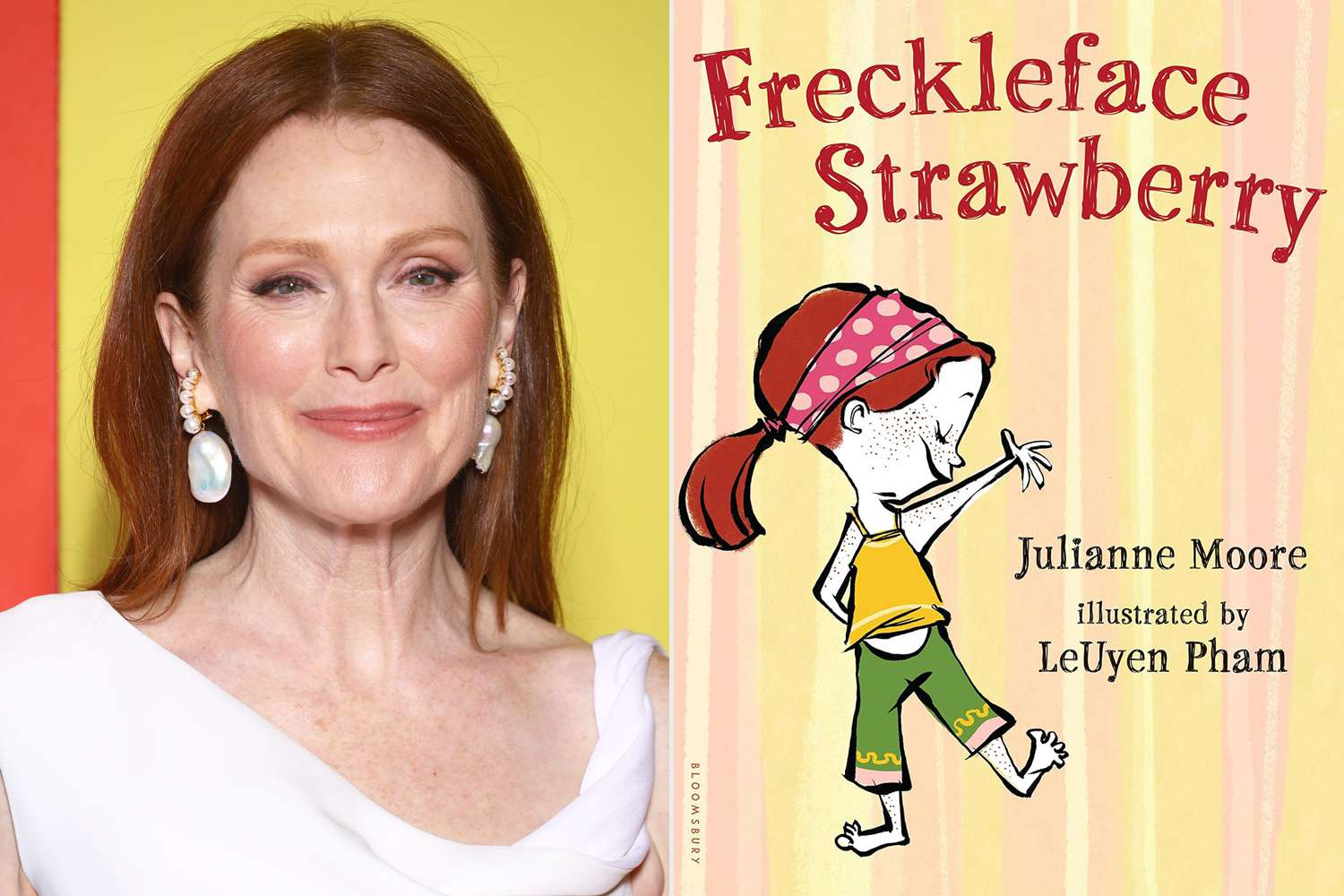
All Boys Aren’t Blue by George Matthew Johnson. This is a memoir that explores race and gender and how these two intersect with each other. They are part of who we are and they build some of our experiences yet we are so much more than our gender and race. This book explores sexuality with explicit language in what the author calls a memoir-manifesto. This is one of the most banned books in public libraries.
Seam-ripping Fashion History
To understand what's truly at stake, consider the field of fashion history—an area that might seem frivolous or superficial to those unfamiliar with its depths, but which actually serves as a powerful chronicle of social movements, identity formation, and resistance. Across museums and historical archives, fashion has been a consistent method of illustrating our social context, and understanding our surroundings.
During the Civil Rights movement of the 1960s, Black women activists made deliberate fashion choices that spoke volumes about respectability politics, dignity, and defiance. When these women wore denim—a fabric associated with labor and working-class identity—they challenged the narrow standards used to judge their worthiness for equal rights. Their clothing became a statement: their value as human beings didn't depend on conforming to white middle-class aesthetics. This wasn't trivial; it was revolutionary.
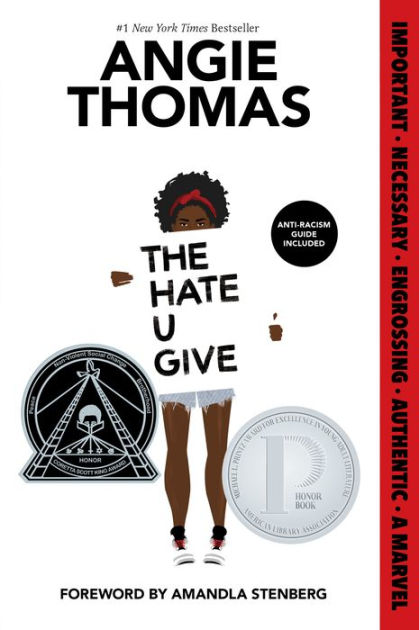
In the 1800s, enslaved adults taught children that one of the greatest acts of resistance involved embracing the little joys life can bring. Fine clothing and necklaces were a form of expression to represent their self worth. They made necklaces with seeds and dyed them in rich colors.
Books that explore these sartorial choices provide invaluable insights into how marginalized communities have used fashion to assert their humanity, resist dehumanization, and build solidarity. When we ban books about the Civil Rights movement and ongoing struggles against racial injustice, we erase these nuanced histories. Students lose access to the complex strategies that activists employed. They lose access to the everyday acts of self-presentation that challenge racial injustice.
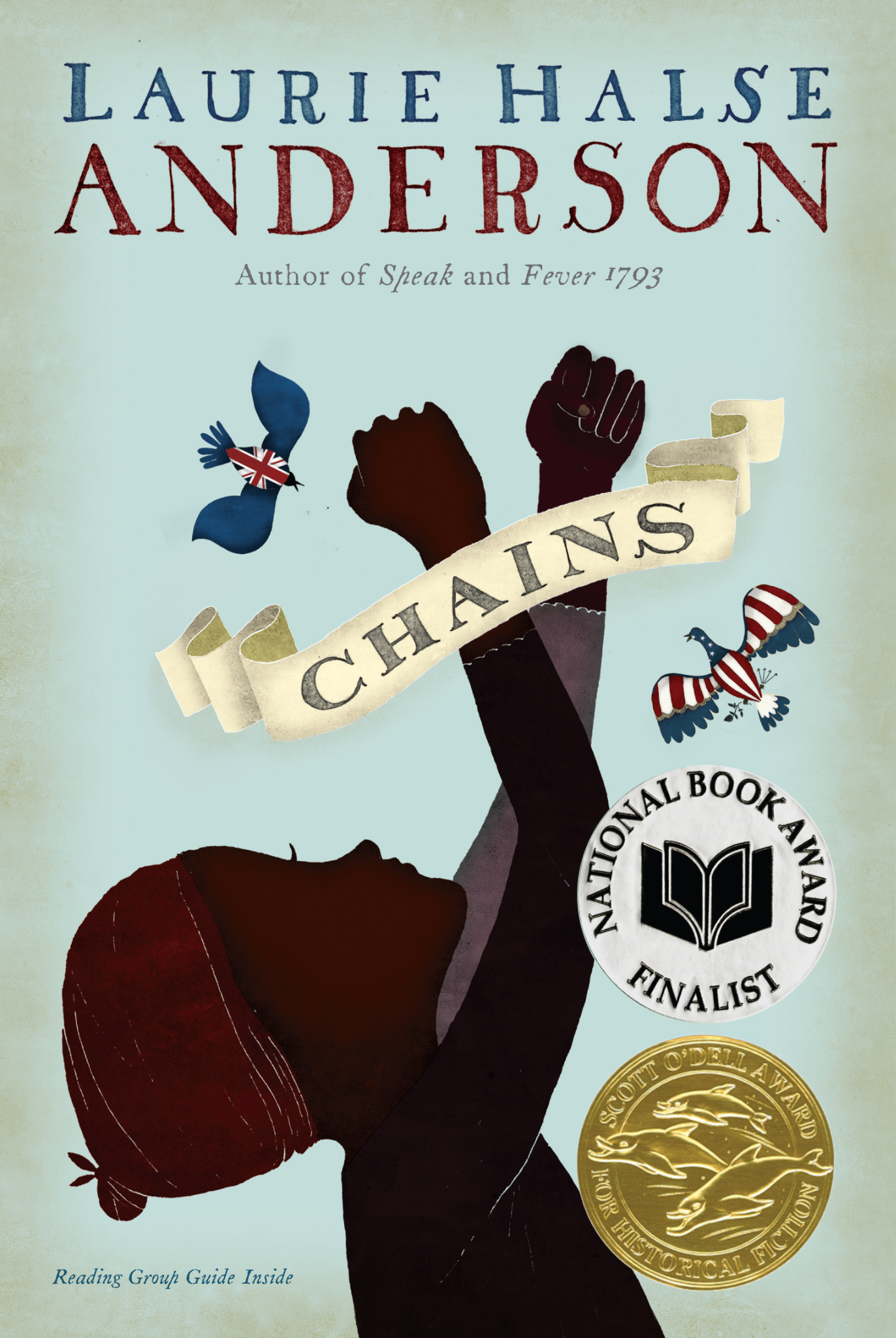
Similarly, consider the story of Marsha P. Johnson, a Black transgender woman whose bold gender expression through fashion made her an icon of LGBTQ+ liberation. Johnson's flamboyant style—her flower crowns, vibrant dresses, and unapologetic presence—wasn't merely personal expression. It was a form of activism, a refusal to be invisible or palatable to a society that demanded conformity. Her fashion choices helped catalyze the movement that erupted after the Stonewall riots in 1969, transforming LGBTQ+ advocacy from scattered, underground resistance into a visible, powerful force that spread from New York City across the globe.
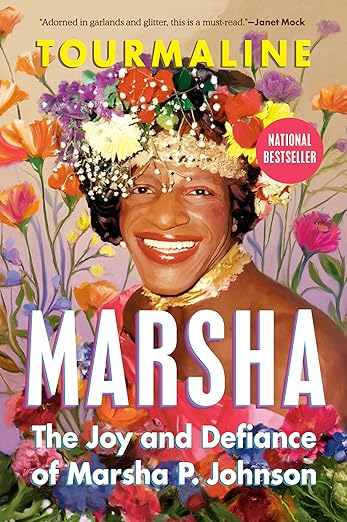
The study of Johnson's life and style offers crucial lessons about courage, authenticity, and the power of visibility. Books exploring her legacy help students understand how gender expression intersects with activism, how fashion can be weaponized against oppression, and how individuals who refuse to hide themselves can inspire transformative social change.
The Warriors We're Forgetting
The books currently being targeted and removed from shelves contain stories and chronicles of "fashion warriors" and inspiring individuals who challenged the status quo throughout history. These are the people who recognized that what we wear, how we present ourselves, and which identities we claim in public spaces are fundamentally political acts. They cared deeply for the greater good and used every tool at their disposal, including fashion, to advance justice.
When we ban books that tell their stories, we rob young people of role models who demonstrated creativity, courage, and commitment in the face of oppression. We suggest that these histories don't matter, that these lives aren't worth studying, that these movements shouldn't be remembered or emulated. We leave students with a ripped and incomplete version of history that erases the very people and movements that expanded the freedoms they now enjoy.
BOOK RECOMMENDATION FROM CALIFORNIA GOVERNOR GAVIN NEWSOM
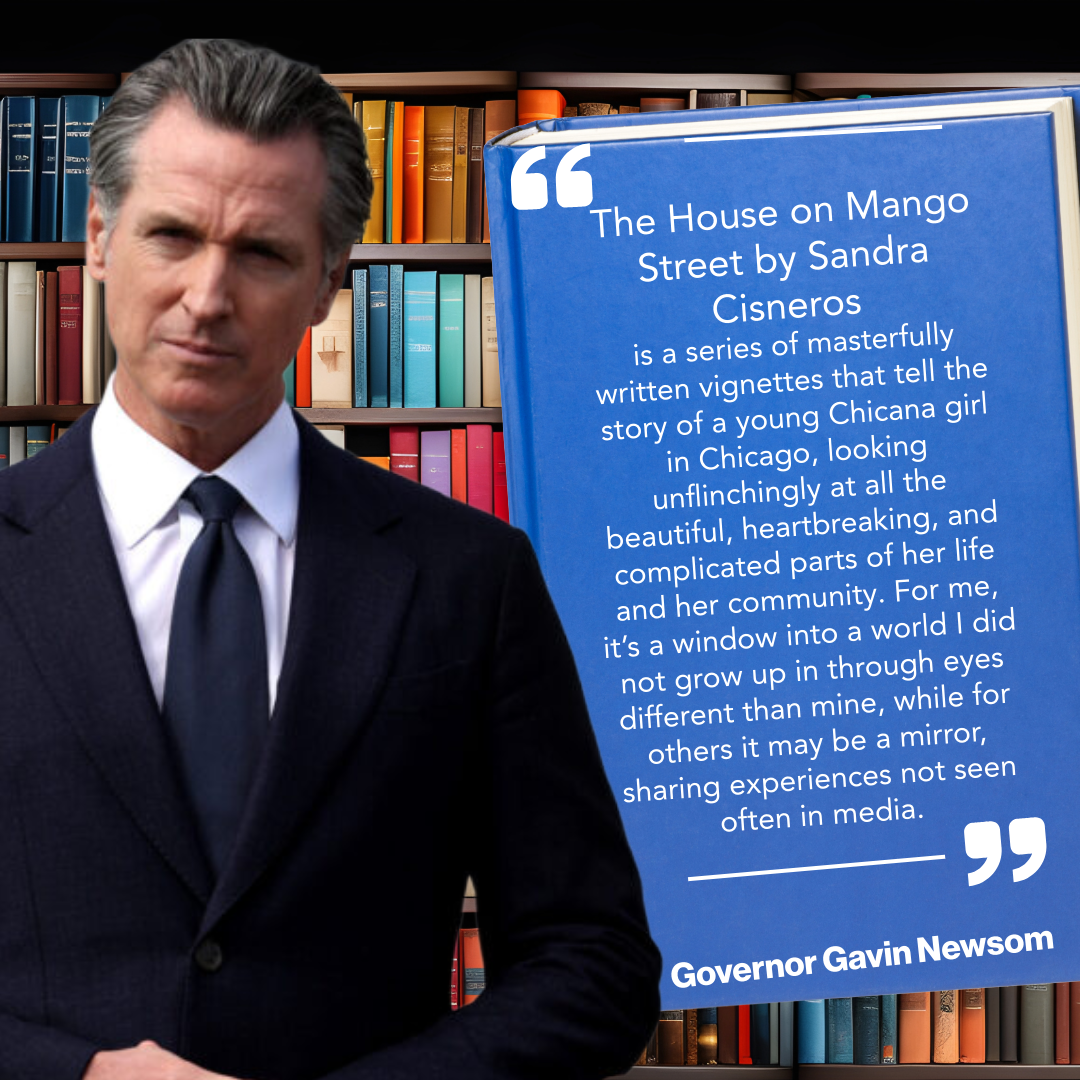
First published in 1984, Cisneros's groundbreaking novel tells the story of Esperanza Cordero, a young Latina girl growing up in a Chicago neighborhood, navigating the complexities of identity, poverty, gender expectations, and the immigrant experience. Written in a series of poetic vignettes, the book captures the voice of a girl coming of age while observing the women around her—their dreams deferred, their resilience, their quiet rebellions. The House on Mango Street has been challenged and banned repeatedly for its honest portrayal of sexual assault, domestic violence, and the realities of marginalized communities.
Governor Newsom shared exclusively this book recommendation to Political Fashion during Banned Book Week.
A Dangerous Historical Echo
This moment of aggressive censorship isn't unprecedented. In Medieval times, the Catholic Church maintained an Index of Forbidden Books that banned numerous works, including those written by Europe's intellectual elites. This systematic suppression aimed to eliminate ideas deemed dangerous, provocative, or heretical—ideas that challenged church authority or offered alternative ways of understanding the world.
History demonstrates repeatedly that book banning is the tool of those who fear what an informed, critically thinking populace might do with knowledge. It's never truly about protecting anyone; it's about maintaining power structures by controlling access to information that reveals how those structures operate and whom they serve.
What Hangs in the Balance
The books being banned today are crucial to understanding our complete, complicated history—not the simplified, comfortable version, but the real one, with all its ugliness, heroism, struggle, and progress. They help us understand how we arrived at this moment, why certain inequalities persist, and what strategies have proven effective in challenging injustice.
Without access to books about race and racism, students cannot fully comprehend the systems that continue to shape American life. Without books about gender and LGBTQ+ experiences, they lack the framework to understand their own identities or those of their peers. Without diverse perspectives, they're left with a distorted view of reality that leaves them unprepared for the actual world they'll navigate as adults.
We cannot plan our future if we don't understand our past. We cannot address present injustices if we're forbidden from learning how they developed. And we cannot hope to build a more equitable society if each new generation is denied the knowledge that previous generations fought so hard to preserve and share.
The fight against book bans isn't about any single title or topic—it's about defending the fundamental right to learn, question, and think freely. It's about ensuring that libraries remain spaces of discovery rather than monuments to censorship. Most urgently, it's about recognizing that when we allow books to be banned based on which identities and histories they address, we're not protecting anyone. We're choosing ignorance over understanding, fear over knowledge, and control over freedom.
Thank you so much for supporting, liking and sharing Political Fashion content! FYI, as an affiliate partner we earn a share of sales or other compensation from qualifying purchases if you decide to shop from some of the links on this page.


.png)


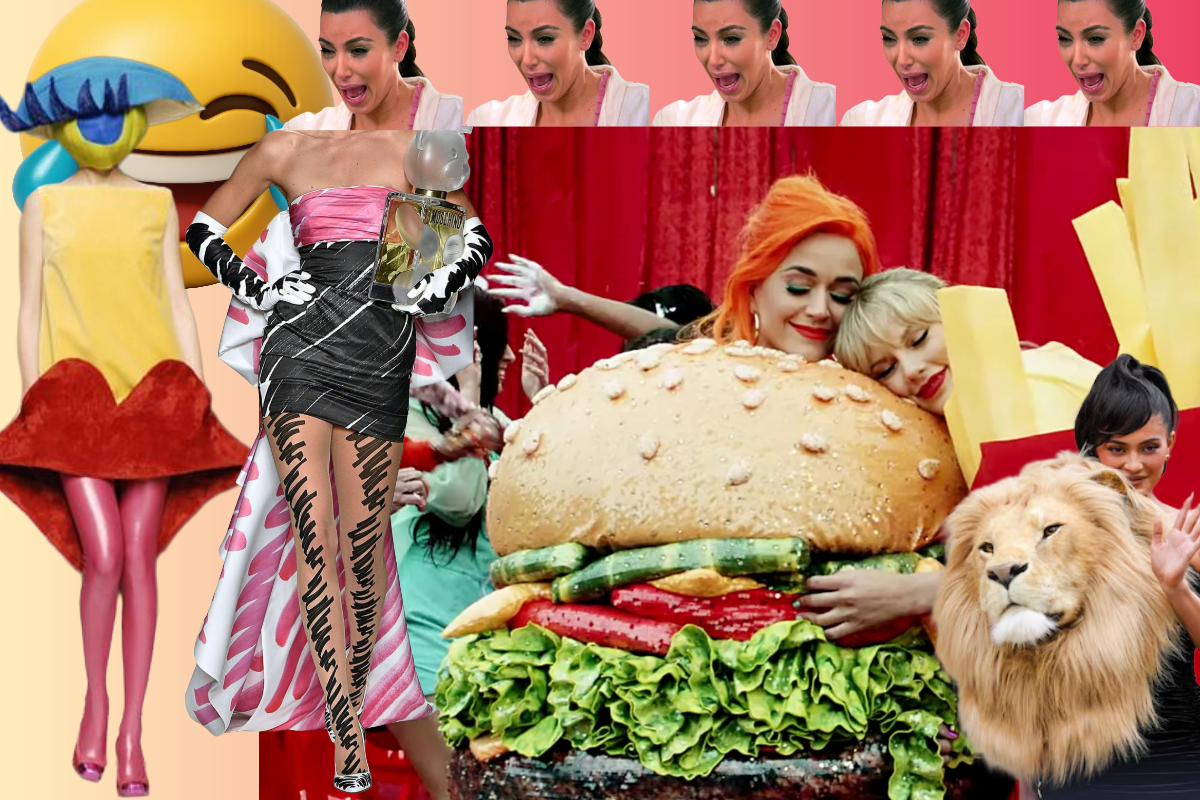

.png)